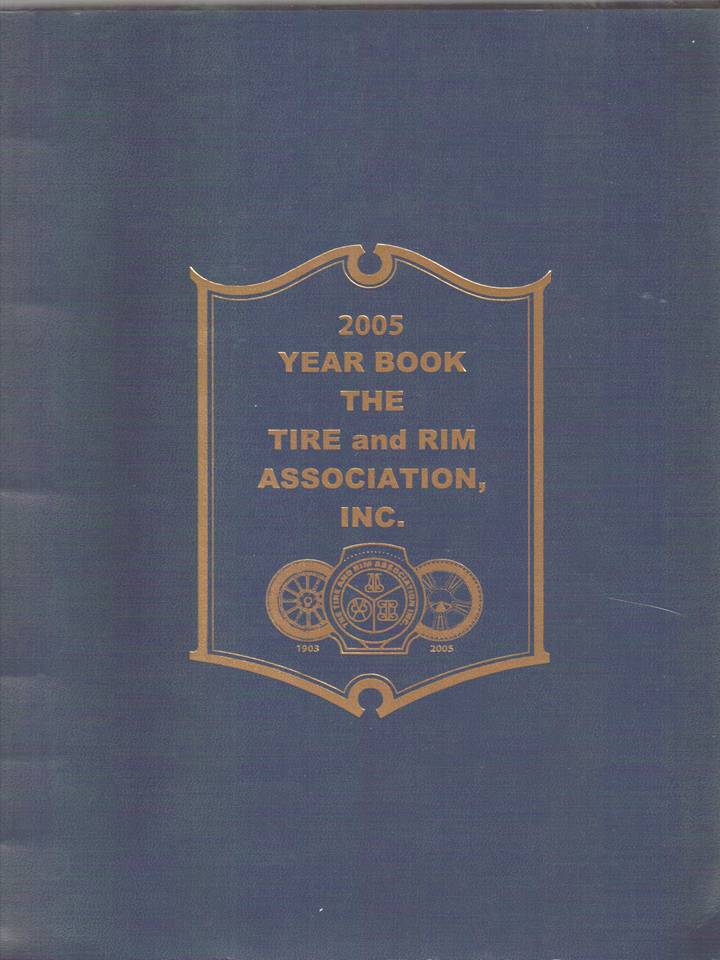
|
B arry's
Tire
Tech This is a series of articles on the technical aspects of tires, their care and usage. My primary purpose in these articles is to help people understand tires and thereby reduce the risks we all face every day. ..........and since tires is just about the only thing I know about.......... Please drop me a note if you have a topic you want to see: Barry@BarrysTireTech.com |
|
Tire Standardizing Organizations: |
|
There are several tire standardizing organizations throughout the world, but I am going to concentrate on just three of them:
All of these organizations consult and coordinate with each other, but for a wide variety of reasons, they sometimes have slightly different standards. However, I want to emphasize that they are SLIGHTLY different. |
 |
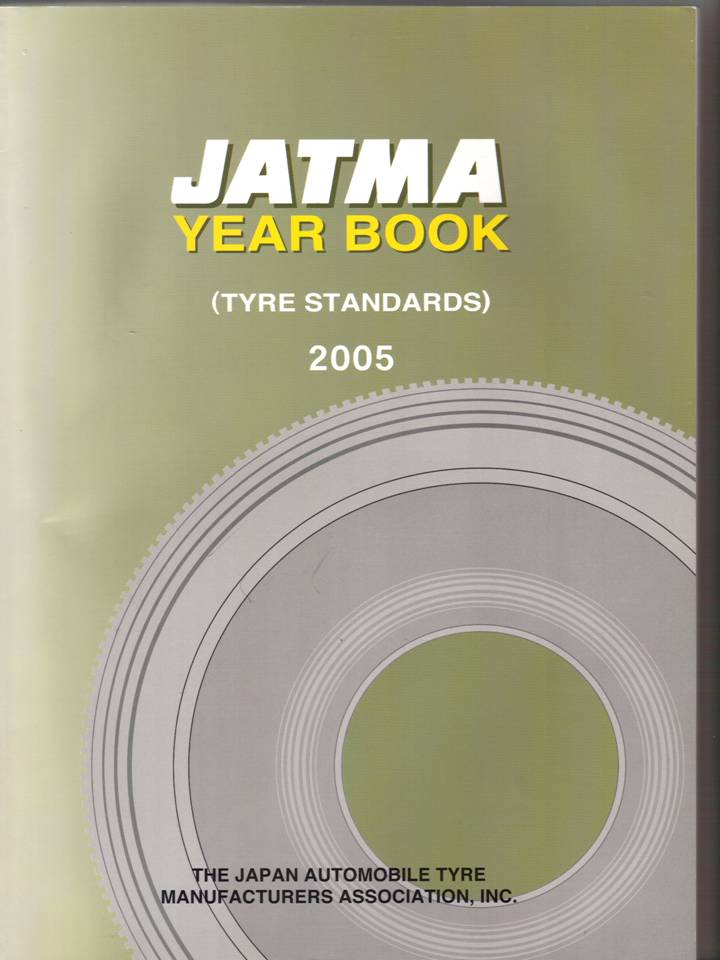 |
Typically, they each publish a book every year that contains the tire standards. The book is for many types of tires - cars, trucks, farm tractors, etc. Since the book is the only source of revenue for the organization, the book is fairly pricey - The 2007 TRA Yearbook cost $50. Because of this, TRA doesn't allow anyone to publish the book, or even parts of the book, on the web, although bit and pieces of it can sometimes be found. This is probably true for the other organizations, but TRA is the only one I have asked about and the only one I am sure about. Those of us in the tire industry tend to think mostly about the yearbook in terms of the tire load tables and the tire dimension tables, however, it also has other pertinent information as well as the dimensional diagrams for rims. |
Below are scans of 2 pages from the 2005 TRA Yearbook. While I've selected a pair of random pages, not only is this typical, but it also has some interesting things. |
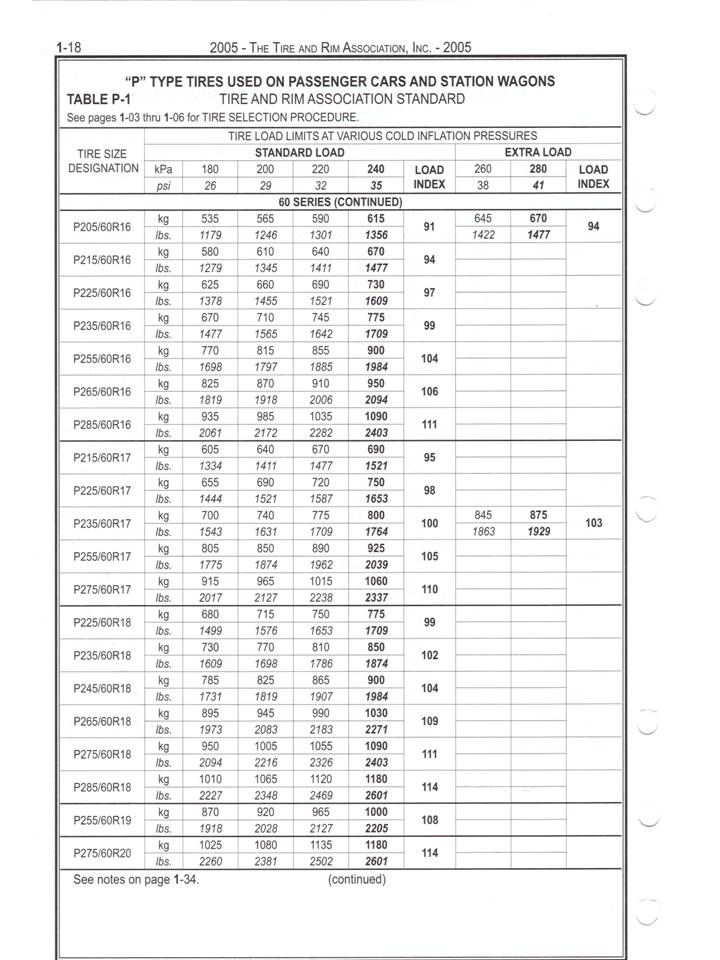 |
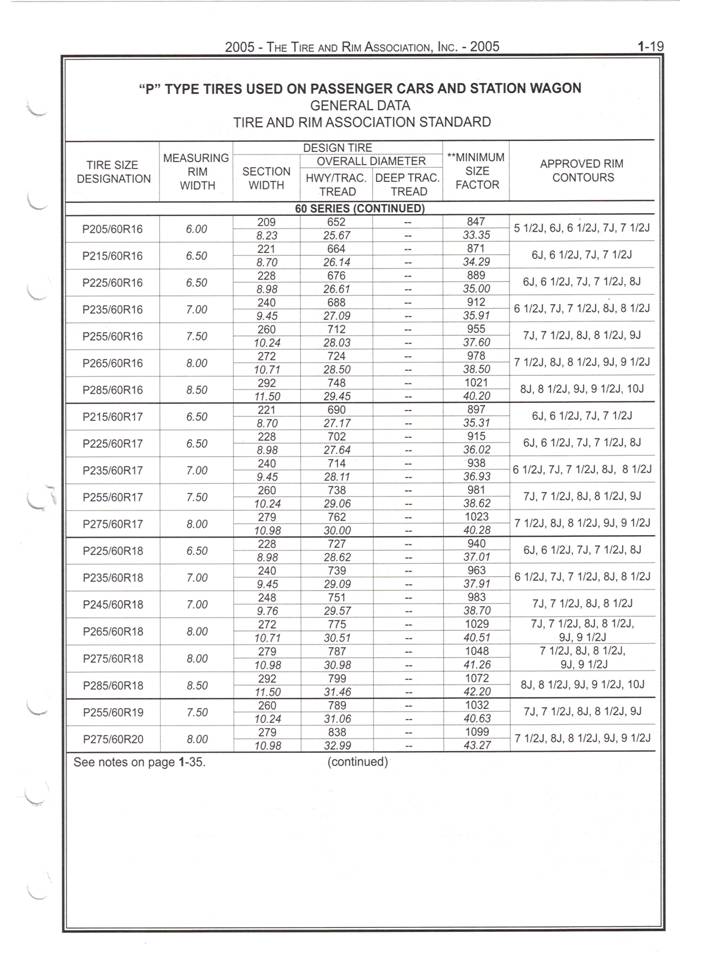
|
Notice that the 2 pages are for the same sizes of tires - one page for the load table and one page for the dimensions. Yearbooks from other organizations are organized differently. I discuss these tables in more detail on a different page: Barry's Tire Tech - Load Tables Barry's Tire Tech - Dimension Tables At this point I should mention something peculiar about these organizations: The US organization - TRA - uses letters in front of (and sometimes behind) the size to indicate the type of service the tire is designed for. For example:
BUT ETRTO uses:
AND JATMA uses:
As you can see this can get confusing, so I think it is important to use the letters if they are there. |
|
One of the least appreciated aspects of these tire standardizing organizations is that they also define the relationship between the tire and the rim - not only rim width, but the contour of the rim. |
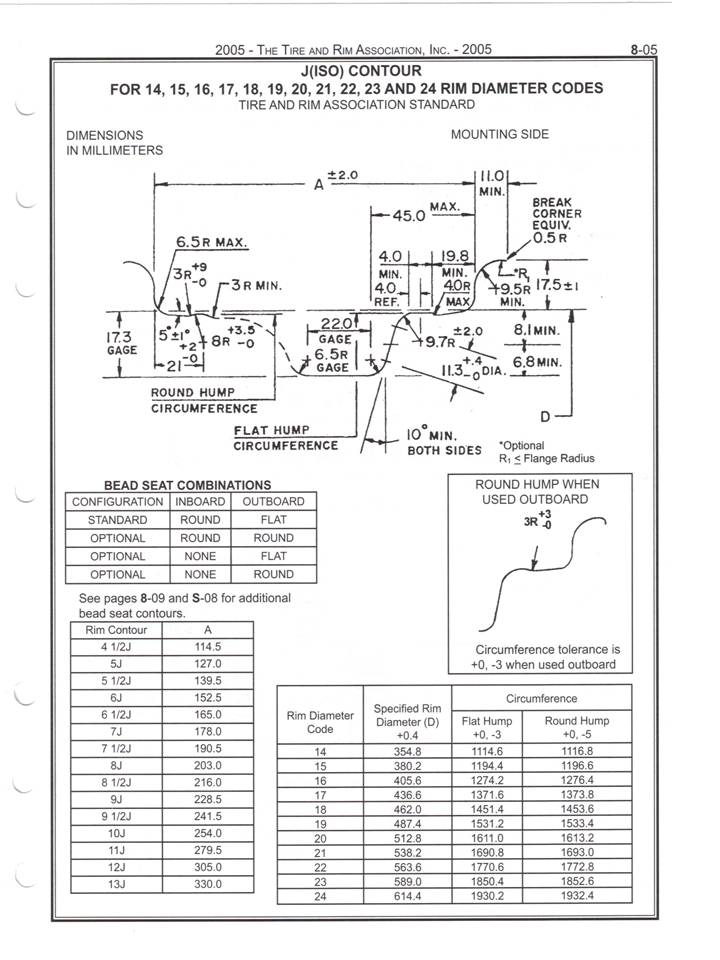
|
The mating surface between the tire and the rim - basically what is designated on this page - is 100% specified for the rim and nothing is specified for the tire. That means that it is the rim manufacturer's obligation to make rims to the dimensions indicated - no deviations - and it is the tire manufacturers' obligation to design this area of the tire to accommodate the dimensions indicated. Put another way, the rim manufacturer only has to do make the rim as indicated and the tire manufacturer has to make a tire that will seal and not leak. The reason for this is that it is easier to physically measure the rim (They use devices are called "Ball Tapes"), rather than try to measure the tire. Personally, I think the tire manufacturer has the more difficult task, but this arrangement has worked extremely well for over 100 years. |
Barry's Tire Tech - Load Tables Barry's Tire Tech - Dimension Tables |